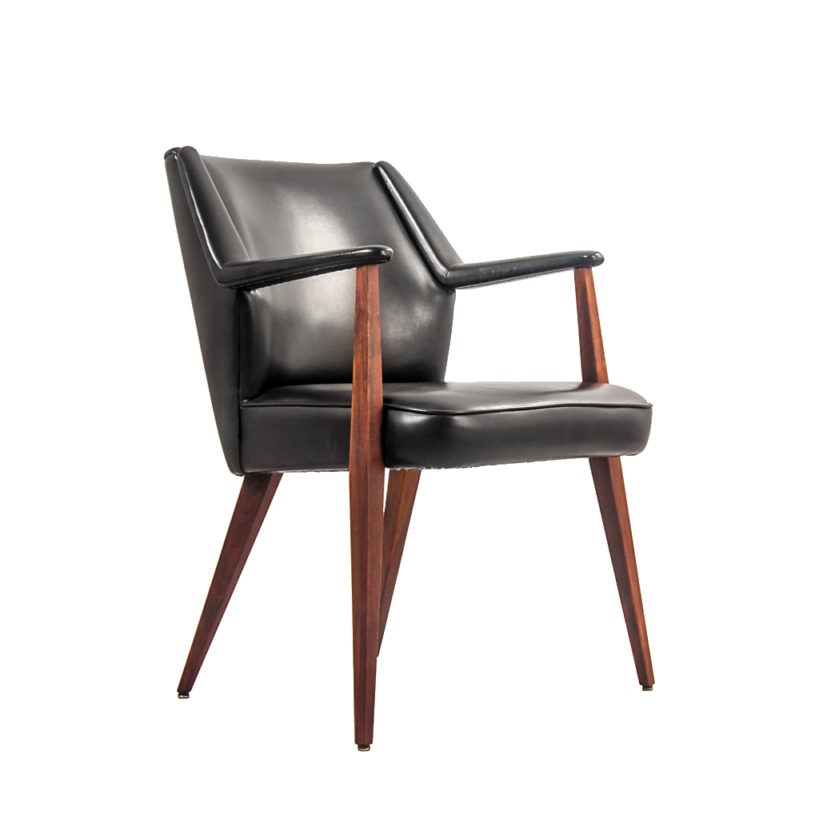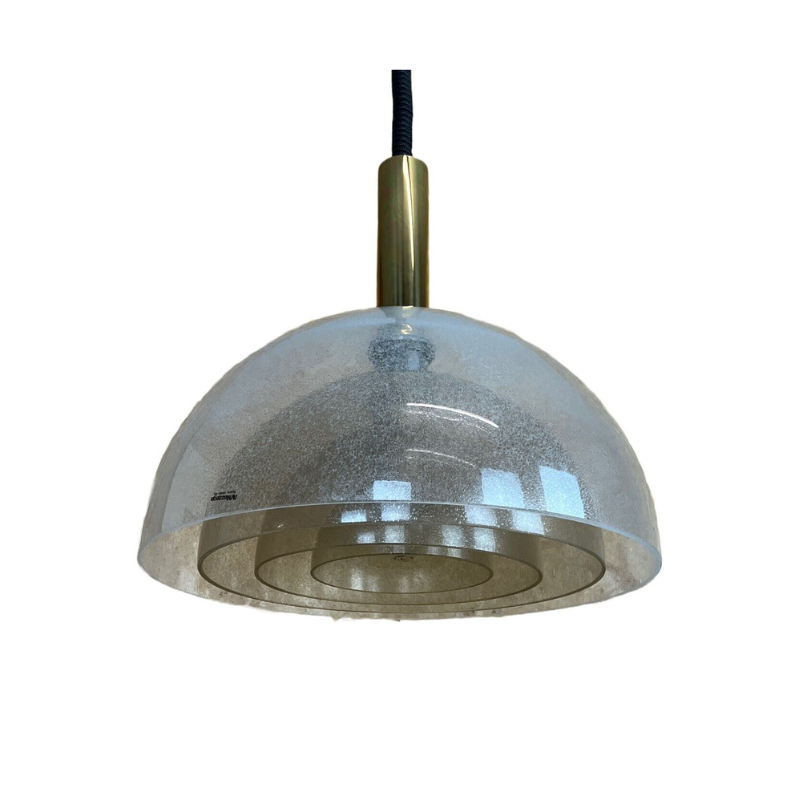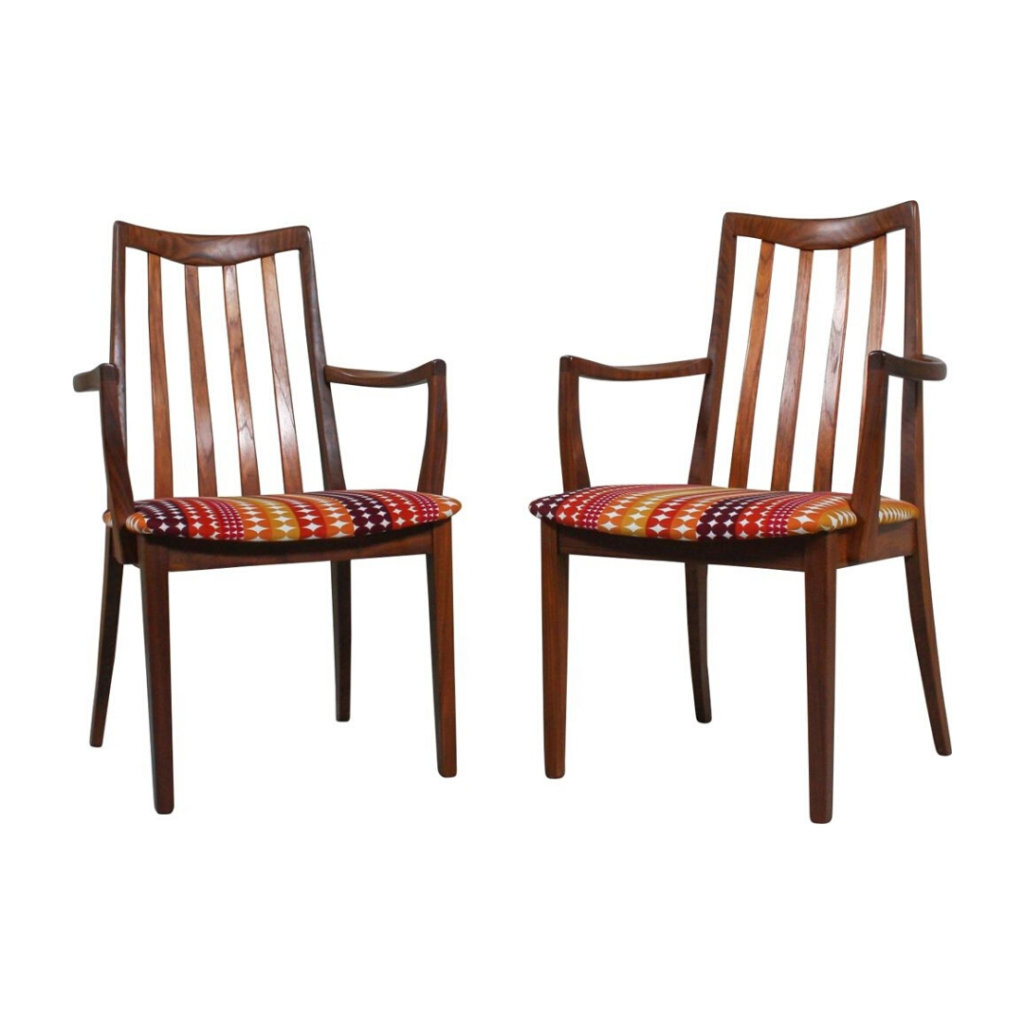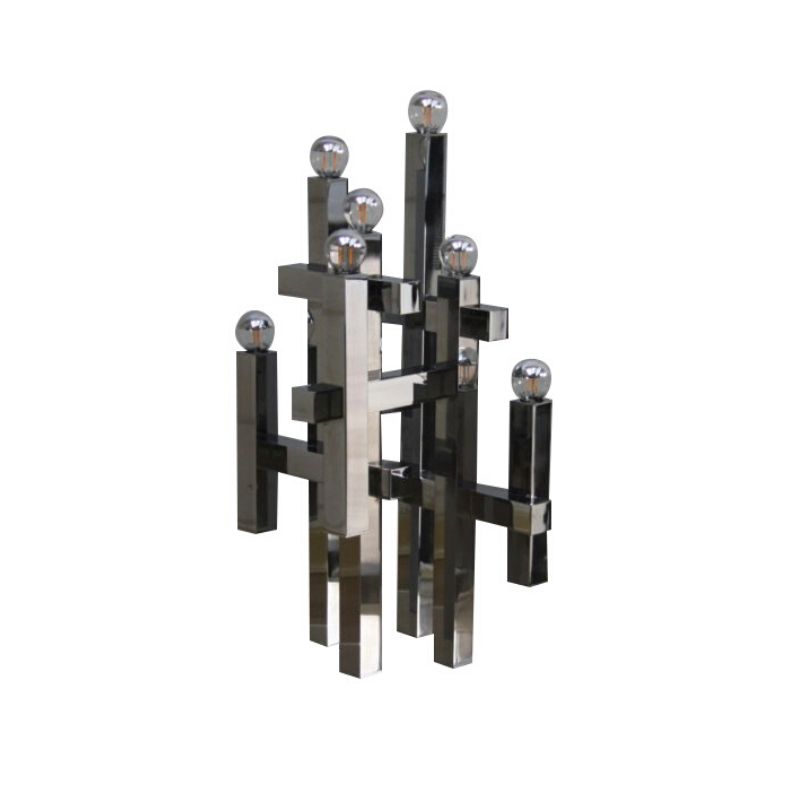I like George Nelsons bench but wondered if it could be made using only one dimension of timber (I've been radiusing hardwood half the day).
I designed this one so that the legs fold up and pivot on a length of dowell, the other two lengths of timber simply slot over the strechers (half check) to stabilise it. I'm not sure if this will make it stable enough and might have to use some allen screws and knock down fittings or (god forbid) some angled struts.
I know the undersides of the timber don't need to be radiused but it somehow makes sense to run them all over the router at once.
Comments welcome
Thoughts...
I like the radiused look of the individual pieces and the joint and folding legs created from dowels passed through the legs and table top elements.
But there is a dominant and interesting formal pattern created at the joint of the table top and legs (dowels passing through interlocking radiused boards) that is then abandoned in the rest of the composition below. The result makes the table top seem aesthetically disconnected from the legs and negative space under the table top. My eye wants to see this formal pattern of the joint in the table top carried through some how to the rest of the table, or contradicted in some way that brings top and legs into harmony.
The radiusing creates a large number of aesthetic relationships that George Nelson got to avoid dealing with by sticking with right angles. I will inventory the forms that result and I think you'll see what I mean that the composing of forms in your creation is a more challenging task than Nelson faced having only to work with flat, rectangular surfaces and 90 degree angles.
1. Circle--end profile of dowel.
2. Cylinder--3D shape of dowel.
3. Bi-radiused Rectangle--or rectangle with half circle on each short side--end profile of 1x2s.
4. Bi-radiused cube--or a 1x2 having two short round edges and two flat long edges--3D shape of 1x2 elements.
5. 90 degree angle intersections of Bi-radiused cube legs and cross members--resulting in highly rectilinear and 90 degree angled negative space.
Thoughts Pt 2
This is actually a very complicated and diverse set of forms to orchestrate in comparison to what Nelson had to grapple with. And alot of them are concentrated in the table top and joints at the table top and this creates visual top heavyness to a form that ought to look rather light and "space-y" given the intermittency of its elements. This top heavyness is probably exaggerated by you not using the visual tricks often used by Danish Modern designers on the cross members between legs of tables. They would create cross members to strengthen the legs and these cross members would widen at the legs and narrow in the middle to create counterbalancing upward and down curves that created a sense of countervailing visual mass and interest and overall bouyancy to the table top and at the same time minimized the visual weight of the undercarriage of the table, while still achieving visual counterweight to the table top. Or if they used exceedingly straight legs and crossmembers, as your table uses, they made the legs very short to distract the eye from the differences in composition of the table top and undercarriage. Or so it seems to me.
The upside is that you HAVE created a table with MORE simplicity in one respect than George Nelson created. This clearly and desirably shows through in your piece and this is why it is sooooooooo appealing. I am not suggesting you put some gobby at the ends Danish Modern cross members on your table. But I am suggesting that there needs to be some more harmonizing between the flat end profiles of your 1x2s and rounded side surfaces of your 1x2s. And I am suggesting that some of the visual forms of the joint between leg and table top may need to be carried into the lower part of the table some how. Finally, I wonder if the table top might not be cut into the form of a bi-radiused rectangle to echo the end profiles of the individual 1x2 end profiles. The eye wants what it wants. I can't explain it much further, but my eye wants more harmony between scales here.
To summarize, I think you're onto something good here, but you've got a lot of different forms that have to be composed skillfully and consciously in aesthetic terms to beautifully allow you to achieve what you want. George Nelson achieved his robust modern effects by working with as few forms and angles as possible and worked them out in harmonies at every scale possible. Your introduction of radiusing creates much more of a design challenge to carry greater variety of forms to every scale of the design harmoniously. But that is the game of design.
Hi DC Thanks for the advice,...
Hi DC Thanks for the advice, I wasn't too comfortable with the bottom half myself, though I could only really think of one word and that was "cheap".
I think I might try slotting/sliding a slightly below level 12mm plywood shelf beetween the stretchers and shorten the two lengths that connect the legs, it looks good in the model like that.
Cheers, Heath
Please always remember...
that I'm an amateur and not a professional. And I never mean anything but encour5agement. If I don't like something at all, I don't comment, because I don't know enough to be judgemental. The red addition you made helps immensely. In my layman's opinion, I still think it might make sense to make the table top the same shape as the profile of the ends of the 1x2s and then make a smaller red tray beneath it in the same profile as the table top I have described. But I would trust your intuition a lot more than mine. I'm just trying to apply what I've learned, or hopefully learned, about aesthetics and their echoing at different scales of a composed piece.
Do you mean an oblong shaped...
Do you mean an oblong shaped top? I'd do that but I'm fundamentally lazy and like to put a stop block on the saw and bang bnag bang the lengths out.
I've tried using thick dowell for the strechters too and that looks ok, they echos the top connections, I'm going to have to use some pinned dowell aka greene + greene. But yes the shelf helps. Though I was also thinking of using a scissor fold like an ironing board and criss crossing long lengths (ebonised? "nods" to Nelson) for the legs which lock together with a length of dowell straight down the middle, to make a triangle of dowells. So if you pull the central dowell out the whole thing collapses quickly.
Gosh do speak up! Design proffessionals should design for people not the cognosecenti so an informed consumers opinion is oftem more enlightening than anyone 'in the know'. Besides I'm sure your knowledge is superior to the paltry education design students get.
I am not sure I should be ...
considered someone "in the know" as I have never done any furniture with the exception of some drug distributions trolleys for hospitals...
I think the FLW red shelf is a major improuvement but I still struggle with the proportions of the overhang versus the section between the legs. Nelson has chosen for 1/4/1 and although I am not limiting the possiblities to round figures, I think he is closer to a good balance between the three sections. Other than that it is a nice and clean product
yay!
That was a very intense 45 minutes but I'm so much happier, please ignore the first ideas, they're rubbish.
I had closer look at the Nelson proportions and emulated those but still wanted to keep the radius (reduced) and the folding legs. I havn't modelled all the pins/dowells (I decided I hated the spacer blocks) but what I hope will make it work will be some nice little 1/2 " concealed pieces of brass rod which will lock the legs into position. I'll need to tweak the dimenions and positioning of timber for strength and best fold but I think I'm going to work with this. (The Black legs are a jokey homage) Off to the workshop !
Thanks Robin! I feel like a...
Thanks Robin! I feel like a forum hog but I'll stop after this! I swear!
I know exactly of what you speak, I sat on such a contraption once when I was drunk and went arse over onto a broken beer bottle and cut nerves on in my wrist, the people at the hospital thought I had tried to commit suicide and took some convincing. The thumb in my left hand is still numb 2 years later.
I was a little worried that the timber won't stay parrallel the full length but I'm using a very rigid Oz hardwood which should be fine.
Thanks for the suggestions, Heath
If you need any help, please contact us at – info@designaddict.com









